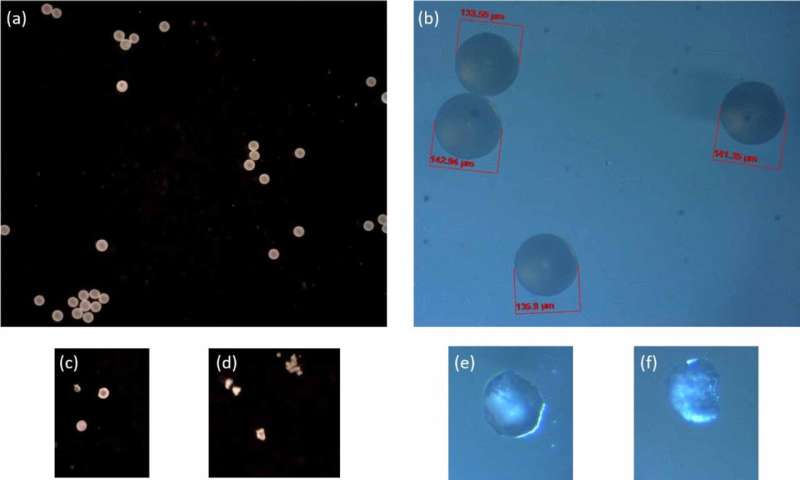
In a global first, University of Waterloo researchers have used 3D imaging technology to understand the fine details of microplastics, paving the way for more effective methods of plastic waste recycling.
Micro- and nanoplastics, tiny particles of plastic that come from the breakdown of larger plastic items, have become an exponentially worsening environmental crisis. Due to their difficulties in safely decomposing, plastic pollution poses significant threats to ecosystems, wildlife and human health.
Scientists have struggled to understand the exact process of how these micro- and nanoplastics degrade, particularly at the micro- and nanoscale, which has hampered efforts to mitigate their environmental impact. Observing and understanding how the fine details of microplastics function and how they break down are key to eradicating them from our environment.
In collaboration with the National Research Council (NRC), researchers leveraged 3D imaging technology in addition to traditional 2D microscopy, allowing them to observe the degradation of micro- and nanoplastics with unprecedented detail.
The study, “3D imaging photocatalytically degraded micro-and nanoplastics,” was recently published in Nanotechnology.
“Most microscope images provide a two-dimensional view, similar to a medical X-ray, which gives us some information but lacks depth,” said William Anderson, a professor in Waterloo’s Department of Chemical Engineering.
“However, 3D imaging is like a CT scan, offering far more detailed insights into the structure and degradation of microplastics. This level of detail has been incredibly challenging to achieve, but it’s crucial for understanding what is happening at the surface of micro- and nanoplastics and how degradation processes work.”
The research group used a novel combination of physical and biological approaches to obtain their new visual data. They utilized a photocatalytic process, which treated micro- and nanoplastics with UV light and a titanium oxide catalyst. As a result, the team could observe and analyze the degradation at a microscopic level.
“Using this methodology reveals not just that degradation is happening, but exactly how and where it’s occurring on the surface of micro- and nanoplastics, said chemical engineering professor Boxin Zhao, a University of Waterloo Endowed Chair in Nanotechnology. “This knowledge is crucial for developing more effective methods of breaking down plastics on the micro- and nanoscales.”
Anderson and Zhao, in collaboration with researchers from the Department of Chemical Engineering and the Department of Biology at Waterloo, are developing biocycling methods where microplastics could be used as a carbon source for bacteria. These bacteria would ingest microplastics and then excrete an environmentally friendly biopolymer that could be used to create new materials like plastic bags or packaging films.
This study has broader implications for Waterloo’s research team, which is now forming a multidisciplinary plastics biocycling research initiative.
The collaboration underscores the importance of bringing together different fields of expertise to tackle complex environmental challenges. This research offers valuable insights that could pave the way for more effective methods of plastic waste recycling and contribute to a circular economy.
More information:
Aleksander Cholewinski et al, 3D imaging photocatalytically degraded micro- and nanoplastics, Nanotechnology (2024). DOI: 10.1088/1361-6528/ad5dc5
Provided by
University of Waterloo
Citation:
3D imaging allows researchers to observe degradation of micro- and nanoplastics with unprecedented detail (2024, September 5)
retrieved 5 September 2024
from https://phys.org/news/2024-09-3d-imaging-degradation-micro-nanoplastics.html
This document is subject to copyright. Apart from any fair dealing for the purpose of private study or research, no
part may be reproduced without the written permission. The content is provided for information purposes only.


